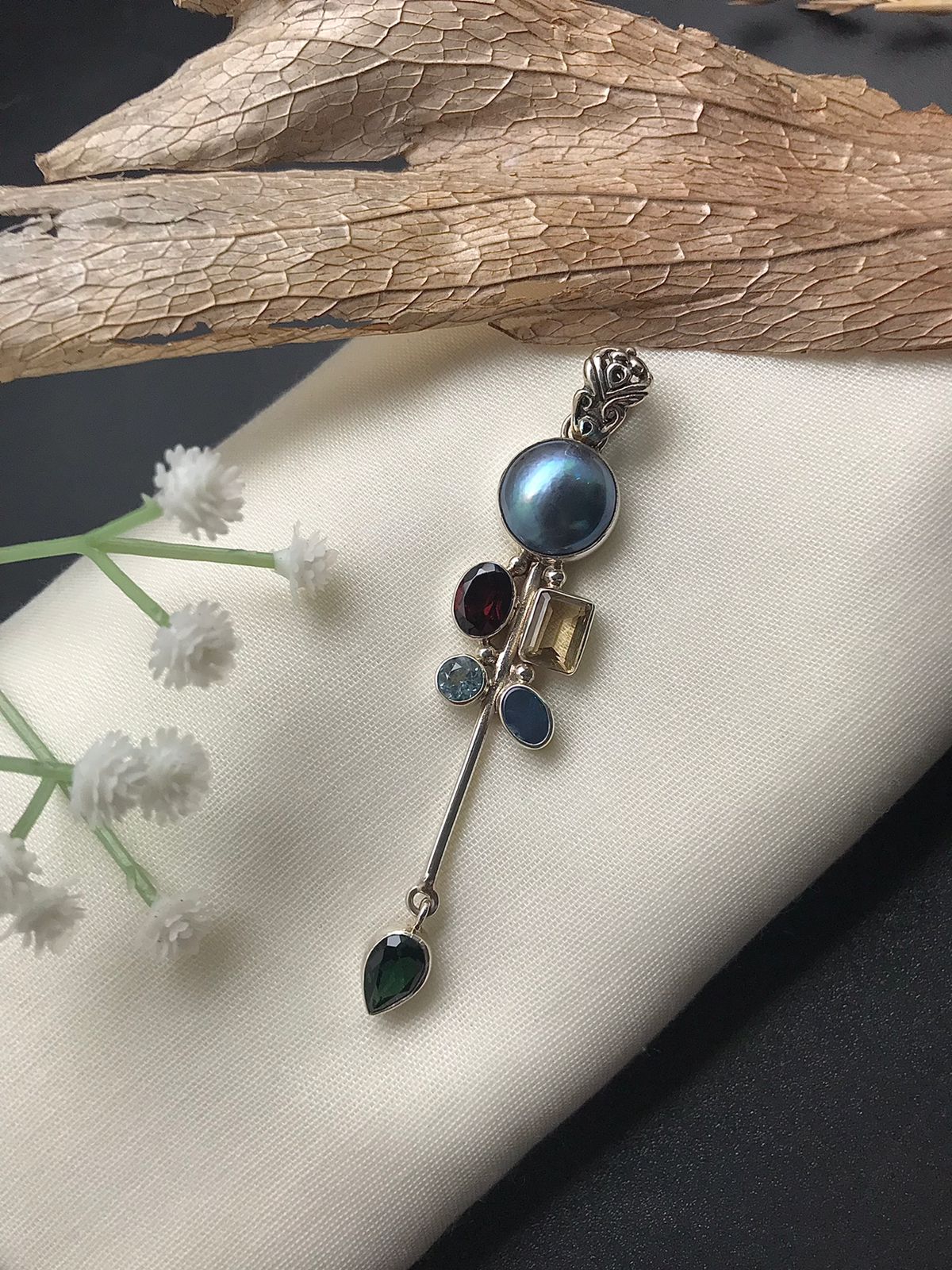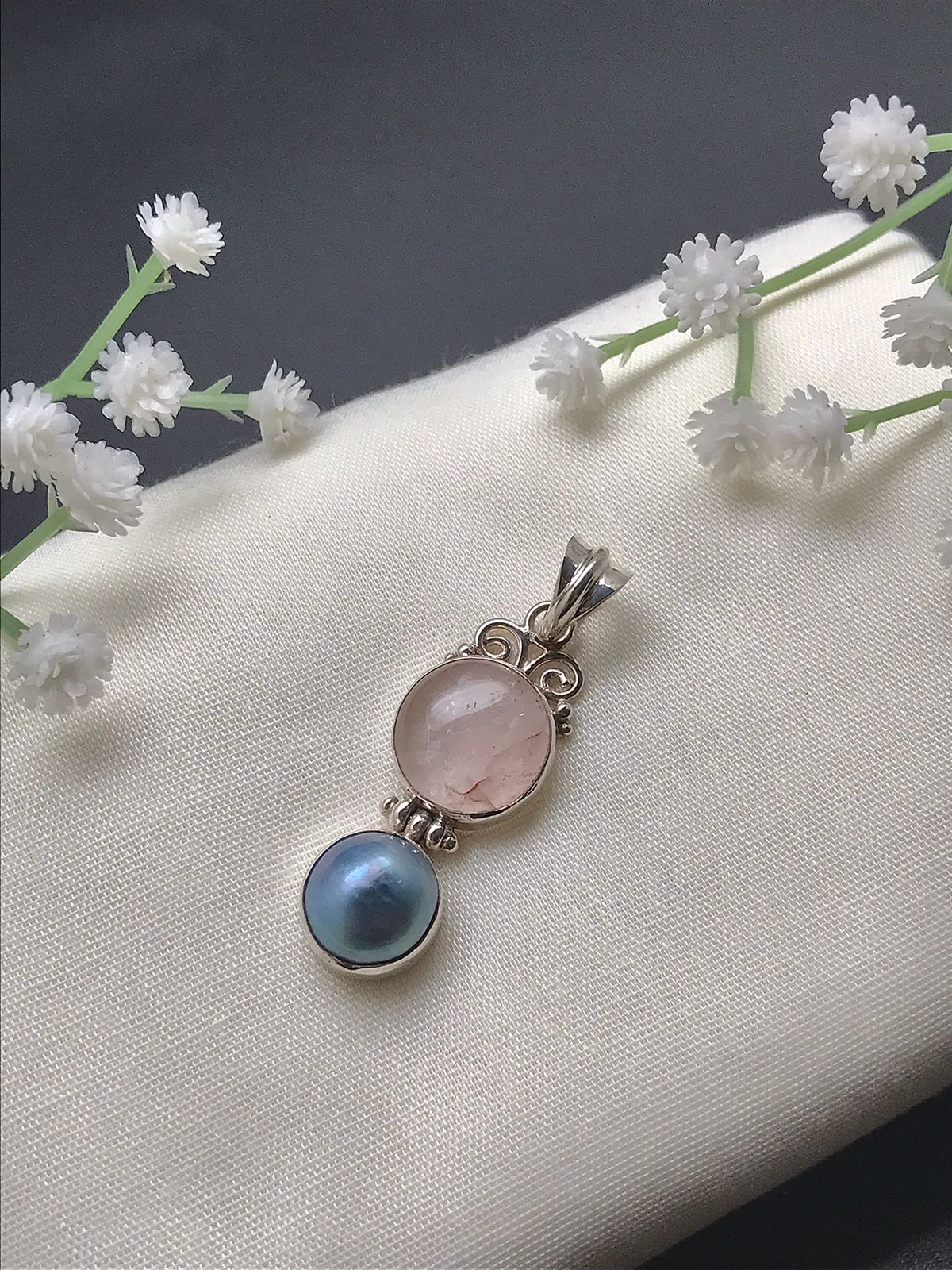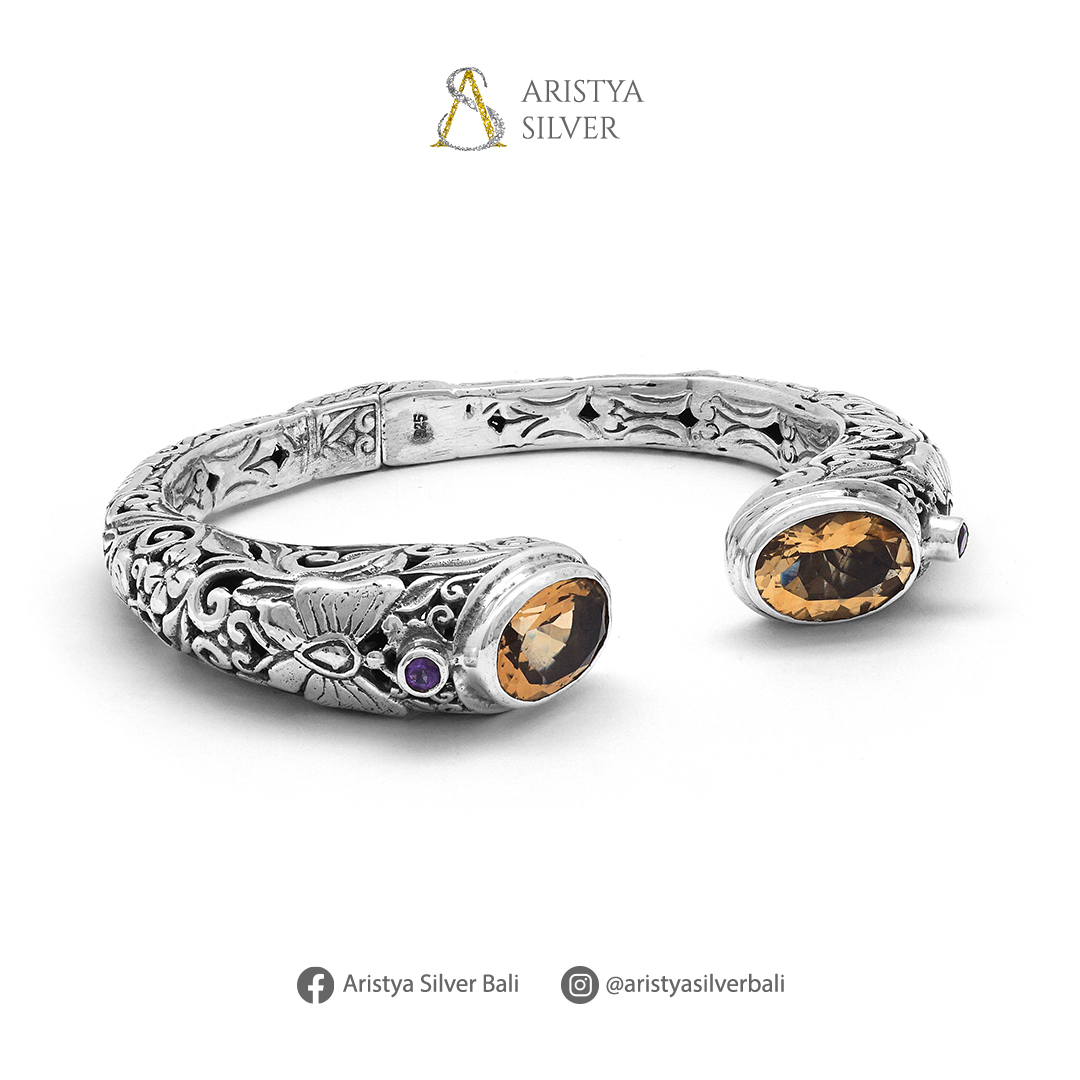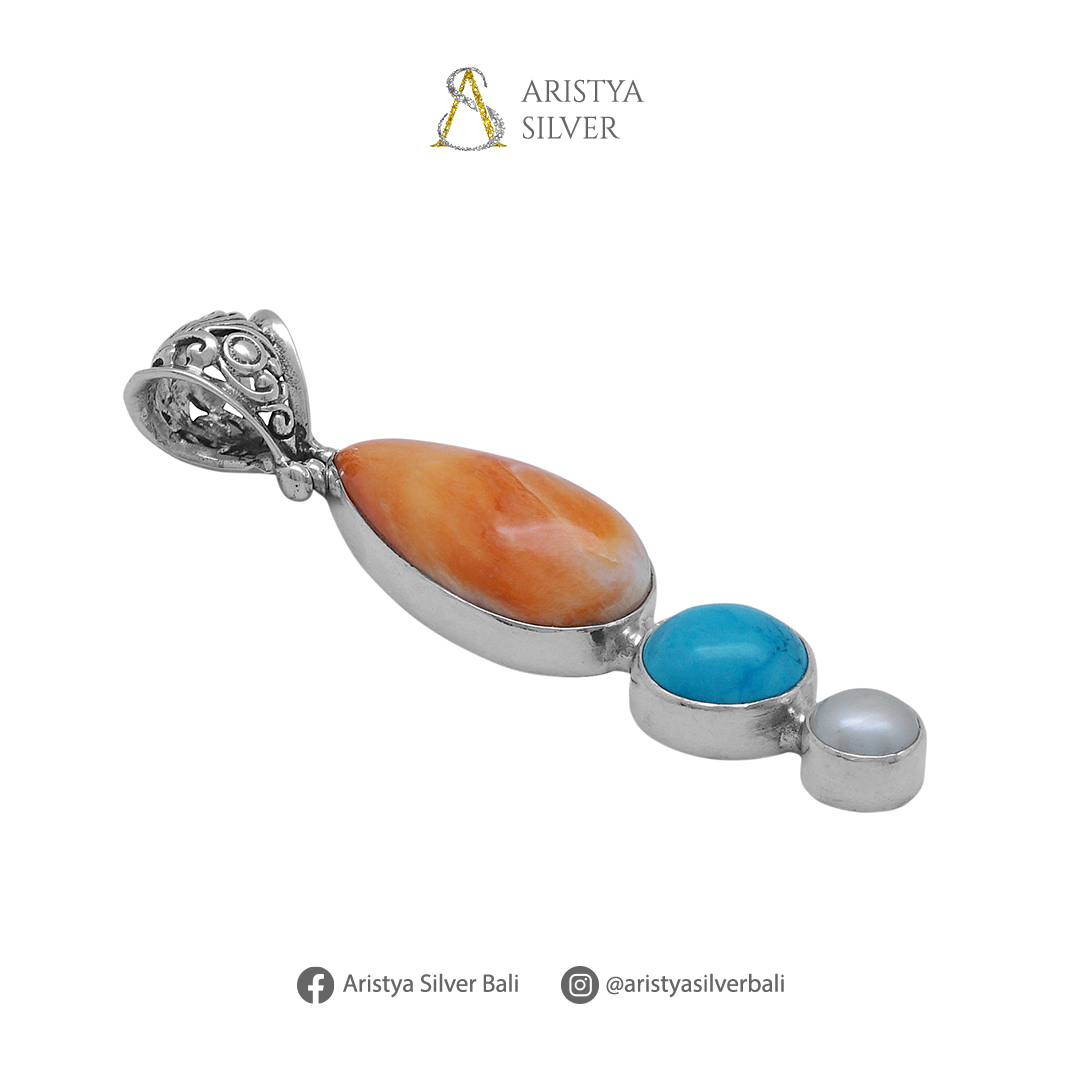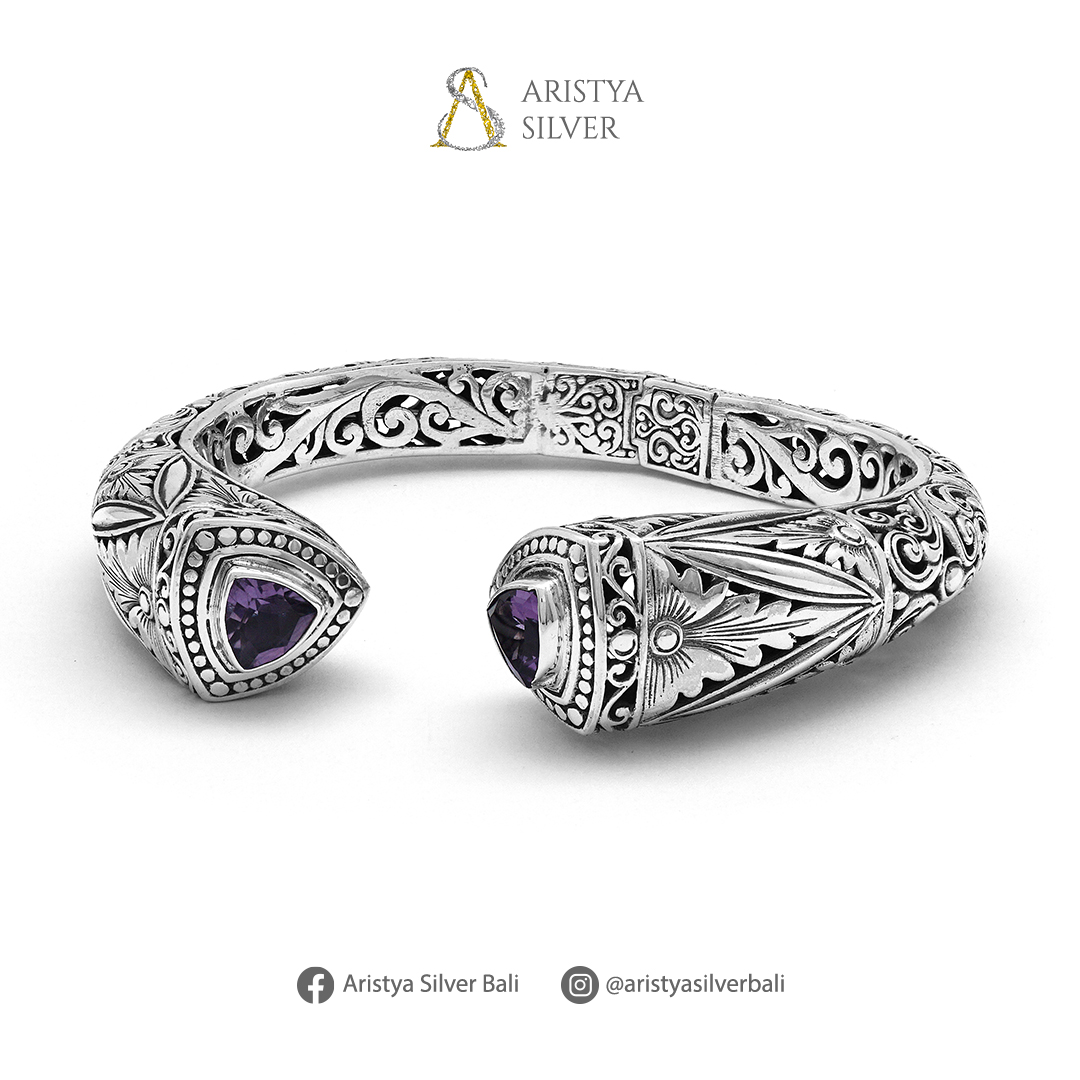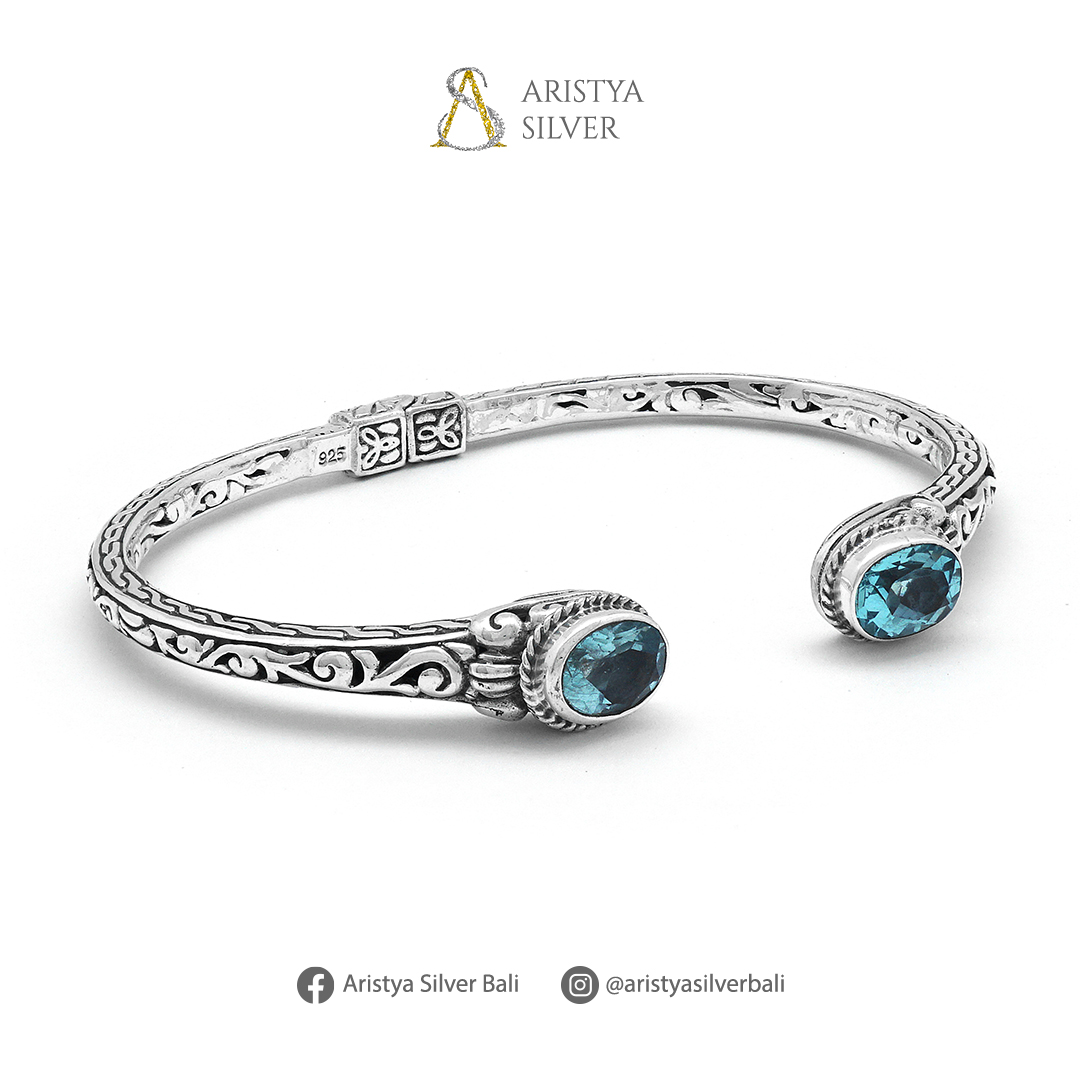What is sterling silver
Silver is somewhat rare and expensive, although not as expensive as gold. Slag dumps in Asia Minor and on islands in the Aegean Sea indicate that man learned to separate silver from lead as early as 3000 B.C. Pure silver has a brilliant white metallic lustre. It is a little harder than gold and is very ductile and malleable. Pure silver has the highest electrical and thermal conductivity of all metals, and possesses the lowest contact resistance. Silver iodide, AgI, is (or was?) used for causing clouds to produce rain.
Sterling Silver is 92.5% silver and 7.5% copper. 99.9% silver is called "Fine silver." Sterling components and jewelry made in the USA are often stamped "Sterling." Goods made for international trade are often marked "925" indicating the 92.5% fineness. "Coin" silver is used in some countries and could be marked "900" or "800" depending on fineness.
Other silver standards
Fine silver is 99.9% silver or better. This grade of silver is used to make bullion bars for international commodities trading. In the modern world Fine Silver is understood to be too soft for general use.
Britannia silver is purer than sterling, at least 95.84% silver and up to 4.16% copper. Its marks were Britannia and a lion's head in profile.
The Britannia standard was a standard of plate obligatory in Britain between 1697 and 1720 to try to help prevent British sterling silver coins from being melted to make plate. It became an optional standard thereafter, and in the United Kingdom and Ireland is now denoted by the millesimal fineness hallmark "958", with the symbol of Britannia being applied optionally.
Mexican silver is also purer than sterling, usually 95% Silver and 5% Copper. Mexico is the only country currently using silver in its circulating coinage, but these coins are not minted from 95% "Mexican" Silver. Much of the currently produced silver jewelry and other decorative silver objects made in Mexico at the present time are made according to the Sterling, i.e. 92.5% silver, standard, and are marked "Sterling".
Coin silver is most commonly 90% silver and 10% copper as dictated by United States FTC guidelines. "Coin Silver" is said to have acquired its name because much of it was made from melting down silver coins, which are generally of the 90% standard. This does allow for some variation in the silver content, depending on which coinage was used to create the silver stock.
Coin silver is usually lower in silver content than sterling. The Coin standard came into common use for table silver in the US during the 1820s, and lasted until 1868. This grade of silver was used in the silver coinage of the US, (until 1964) and also by other countries that minted silver currency , such as Panama and the Philippines.
German silver (not to be confused with nickel silver, which is also referred to by this same term) are several silver standards used in Germany. However, the most common standard for flatware and decorative silver objects is the 800 standard (80% pure silver). Hence, when the term German silver is used, it is usually referred to as the 800 standard. Another silver standard in use is the 900 standard. German silver objects are usually marked with an "800" or "900" to show the standard to which they are made.
For industrial uses, for example in electronics, alloys such as copper-silver, CuAg, are favored, which contains 72% silver and 28% copper and is known for its thermal conductivity.
History of sterling silver and dining regalia
19th Century Tiffany & Co. Pitcher. Circa 1871. Pitcher has paneled sides, and repousse design with shells, scrolls and flowers. Top edge is repousse arrowhead leaf design.
From about 1840 to somewhere around 1940 in the United States and Europe, sterling silver flatware became de rigeur when setting a proper table. In fact, there was a marked increase in the number of silver companies that emerged during that period.
The height of the silver craze was during the 50-year period from 1870 to 1920. Flatware lines during this period sometimes included up to 100 different types of pieces. In conjunction with this, the dinner went from three courses to sometimes ten or more. There was a soup course, a salad course, a fruit course, a cheese course, an antipasto course, a fish course, the main course and a pastry or dessert course.
Individual eating implements often included forks (dinner fork, place fork, salad fork, pastry fork, shrimp or cocktail fork, terrepin fork), spoons (teaspoon, coffee spoon, demitasse spoon, bouillon spoon, gumbo soup spoon, iced tea spoon) and knives (dinner knife, place knife, butter spreader, fruit knife, cheese knife). This was especially true during the Victorian time period, when etiquette dictated that nothing should be touched with one's fingers.
Serving pieces were often elaborately decorated and pierced and embellished with ivory, and could include any or all of the following: carving knife and fork, salad knife and fork, cold meat fork, punch ladle, soup ladle, gravy ladle, casserole serving spoon, berry spoon, lasagna server, macaroni server, asparagus server, cucumber server, tomato server, olive spoon, cheese scoop, fish knife and fork, pastry server, petit four server, cake knife, bon bon spoon, sugar sifter or caster and crumb remover with brush.
Flatware sets were often accompanied by tea services, hot water pots, chocolate pots, trays and salvers, goblets, demitasse cups and saucers, liqueur cups, bouillon cups, egg cups, sterling plates, napkin rings, water and wine pitchers and coasters, candelabra and even elaborate centerpieces.
In fact, the craze with sterling even extended to business (sterling page clips, mechanical pencils, calling card boxes, cigarette cases), to the boudoir (sterling dresser trays, mirrors, hair and suit brushes, pill bottles, manicure sets, shoe horns, perfume bottles, powder bottles, hair clips) and even to children (cups, flatware, rattles, christening sets).
A number of factors converged to make sterling fall out of favor around the time of World War II. The cost of labor rose (sterling pieces were all still mostly man-made, with only the basics being done by machine). Only the wealthy could afford the large number of servants required for fancy dining with ten courses. And changes in aesthetics resulted in people desiring simpler dinnerware that was easier to clean. (The latter was especially important as more became known about disease.)

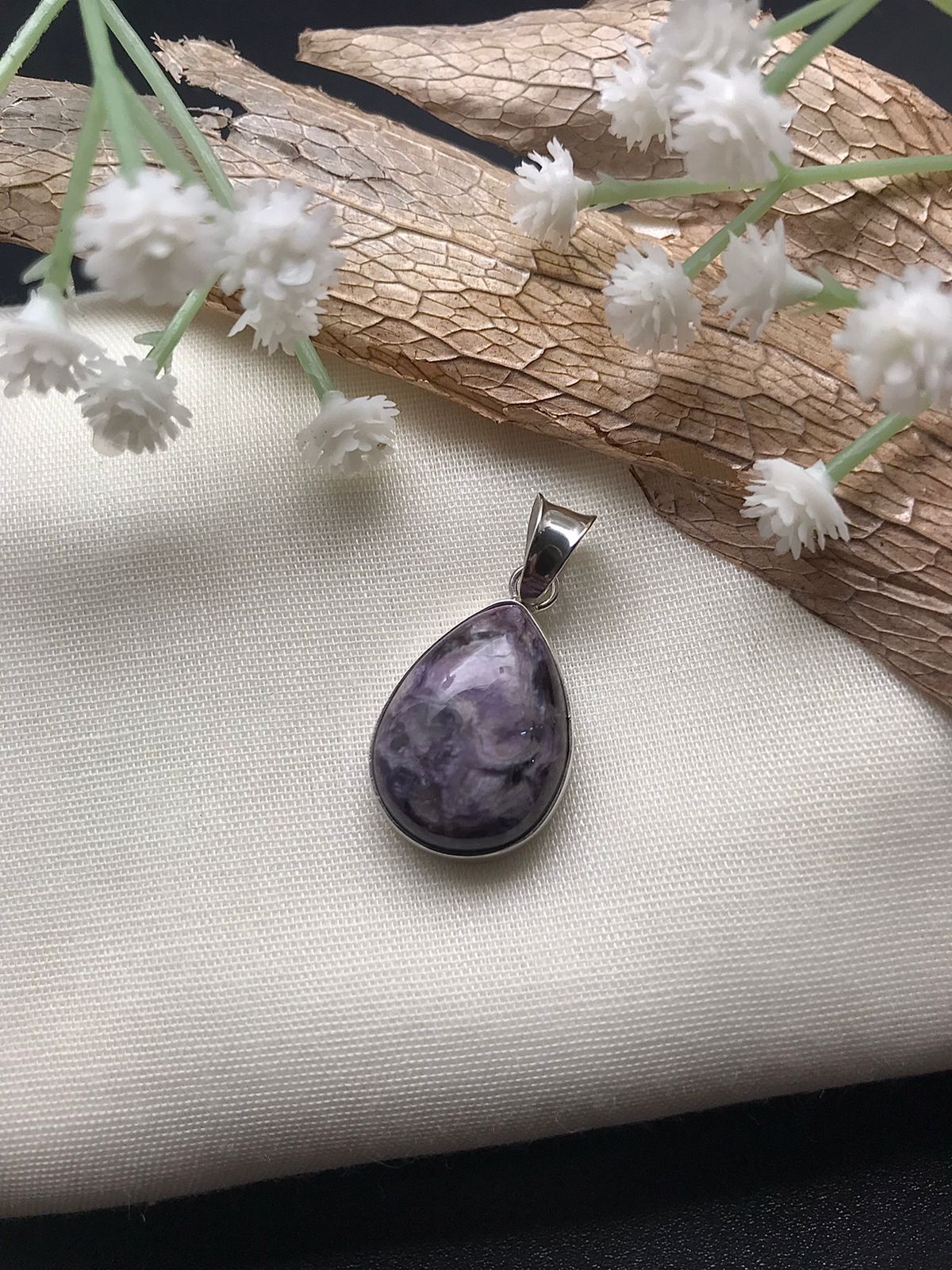


.jpeg)
